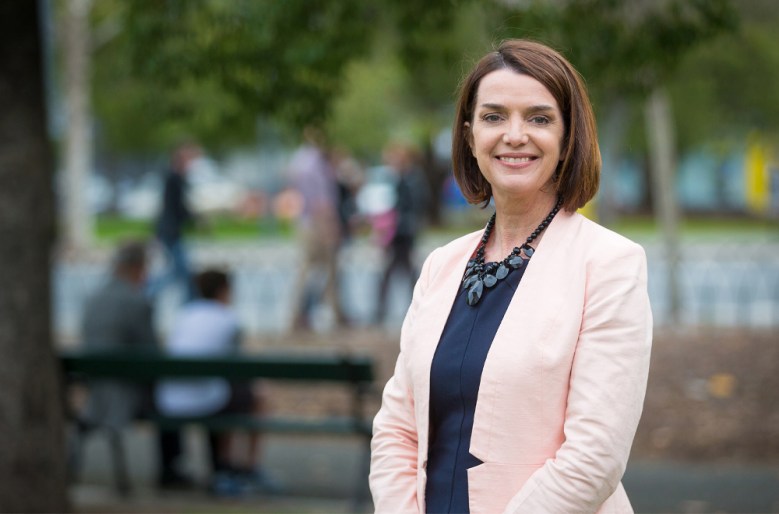A new Disability Strategy supported by targeted action plans and a robust outcomes framework is intended to drive change for people with disability over the next decade.
Launched to mark International Day of People with Disability, the Strategy has been signed and agreed to by all levels of government and was developed in close consultation with the disability community. It canvassed a new list of priority areas including mental health, early intervention, preventative health services and access to higher education. It also introduced initiatives to track progress and deliver across seven key outcome areas.
For the first time, the strategy’s implementation and monitoring will be overseen by a government-appointed council comprising people with disability from the community and disability sector.
The Australia’s Disability Strategy 2021-2031 will be supported by a $250 million investment by the government, to break down barriers for the 4.4 million Australians with disability, Families and Social Services Minister Anne Ruston, pictured, said.
“Our focus must be on the ability and capability of every person so people with disability can contribute and thrive in the classroom, workplace and community,” the minister said. “Importantly, key reporting mechanisms will tell us what is and is not working and ensure greater transparency across the life of the Strategy.”
The strategy was developed in consultation with community members and stakeholders across the disability sector over the last two years, including a range of disability representative organisations.
It will be backed by a range of initiatives that include:
- $76.8 million for Targeted Action Plans ranging from employment, safety and community attitudes to deliver initiatives over a one-to-three -year period
- $40 million to extend the National Disability Data Asset to facilitate more comprehensive measurement and assessment of the impact of services and programs accessed by people with disability, with necessary and appropriate safeguards
- $12.5 million to fully establish a National Disability Research Partnership to translate research into policy and implement a national disability research agenda
- $81.2 million for the Disability Gateway to improve its functionality and ensure people with disability, their families and carers can continue to navigate and find the services they need
- $19.5 million for better reporting and measurement including developing an Australia’s Disability Strategy Survey
- $9.9 million to improve individual advocacy services; including a new pilot program to provide individual disability advocacy as part of the Disability Gateway phone and internet resources and Program Management Centre established to improve access to, and quality of, individual advocacy services, including by introducing best practice service delivery models, and
- $10.1 million to ensure people with disability continue to be involved in the Strategy’s implementation, including through a new Advisory Council.
Disability Discrimination Commissioner Dr Ben Gauntlett has been appointed chair of the Strategy’s Advisory Council which will support the Strategy’s implementation.
“The Advisory Council gives people with disability a permanent role in helping to guide the Strategy over the next decade,” Dr Gauntlett said. “The success of the Strategy requires a whole-of-community response and only by having the public, businesses and governments working together can we ensure all aspects of Australian life are inclusive and accessible.”
The Strategy will record progress by the publishing of annual data, a two-yearly implementation report to parliament, in addition to state, territory and local government monitoring under disability inclusion plans.
As part of the framework’s strong focus on jobs a Disability Employment Strategy, Employ My Ability, was also launched to increase workplace engagement and improve recruitment practises, with Dylan Alcott and Simon McKeon appointed as joint chairs of the committee.
According to Australian Bureau Statistics, 47.8 per cent of people with disability in 2018 were employed compared to 80.3 per cent of people without disability.
While the Physical Disability Council welcomed the Strategy there was a concern it did not answer recent calls to address high rates of poverty experienced by people with disabilities and those who care for them, who rely on income support. According to PDCN CEO Serena Ovens, the Strategy has a clear agenda on supporting those who can study and work. “But it is important that the Strategy champions the rights of all people with disability, irrespective of who they are or what they can or cannot do”, she said. “We look forward to working with the NSW government to ensure set targets are monitored and outcomes achieved.”

